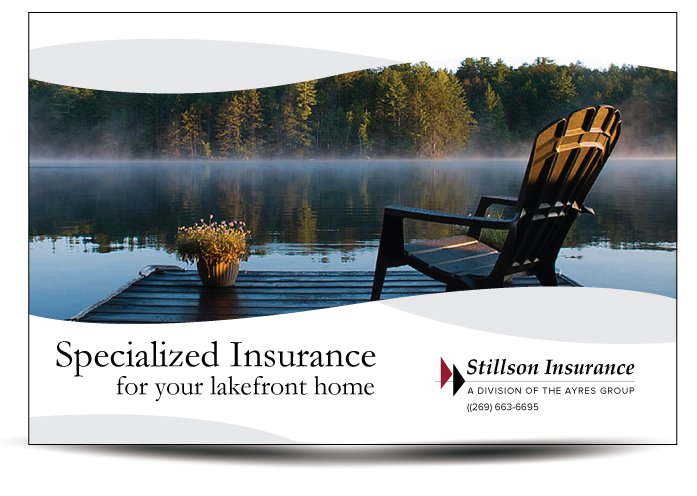The benefits of working with an independent agent
After a lot of saving and planning, my sister and her family bought their dream home. Sadly, a storm damaged their roof, and she’s had difficulty resolving her claim. Her family did not purchase their insurance through an independent agent. I encouraged her to give her carrier the opportunity to see things through, but I also suggested that once her claim is resolved, she might consider an independent agent to help her better determine the right carrier and insurance products for her family’s needs.
My sister and her husband are busy with their jobs and kids, and it never occurred to them to research insurance options. After their recent experience, they are coming to understand that how your insurance company treats you when you have a claim matters.
My sister hadn’t considered why it’s advantageous to partner with an independent insurance agent and actually didn’t know the difference between independent and captive agents (agents who represent one company). Like many people, she hadn’t thought about the various ways of buying insurance and the differences among them. It’s easy to compare the concept to buying shoes for her kids.
Quality: My sister wants the highest quality shoes that she can afford for her children. After all, those shoes are what will protect their feet and carry them on all their daily adventures. Likewise, you want the best insurance products your money can buy to protect your belongings, and an independent agent can offer them to you. Independent agents are business owners who select the most desirable carriers, apply to represent them and sell their insurance products. So when agents represent a carrier, it’s because they believe in the carrier enough to associate their own business’ name and reputation with it.
Selection: Instead of going to a store that carried only one brand of shoes, my sister would go to a store that offered a variety of quality brands with different features and styles. Similarly, an independent agent offers a selection of products to meet clients’ needs, whether the clients’ focus is on claims service, specialized coverages or even cost. Independent agents ask questions, listen and make recommendations – maybe your child will soon be old enough to drive, you have a special collection to protect or you plan to buy a rental property. Whatever your situation, your agent has options to match you with the appropriate carrier and insurance products.
Knowledge: My sister would never guess at a size; she’d ask an informed employee for help measuring her children’s feet to make sure they got the appropriate fit. She would ask about wear and durability and get the facts from the sales person who knows the products better than anyone. In the same manner, independent agents know the benefits of each carrier and nuances of each product and can provide you with the details to help you make informed decisions. You can be confident that your independent agent has the expertise you are looking for.
Obviously, insurance is far more important and complex than shoes! But if my sister would put the effort into making sure she bought the best shoes for her children, doesn’t it make sense to apply a similar process to ensure the right protection for her home and autos?
It’s easy to “check the box” and buy online. Voila – you have insurance! But partnering with an independent agent can help you make sure you have the right amount and type of insurance coverage from a carrier that he or she trusts to protect what matters most to you.
For more information contact The Ayres Group

